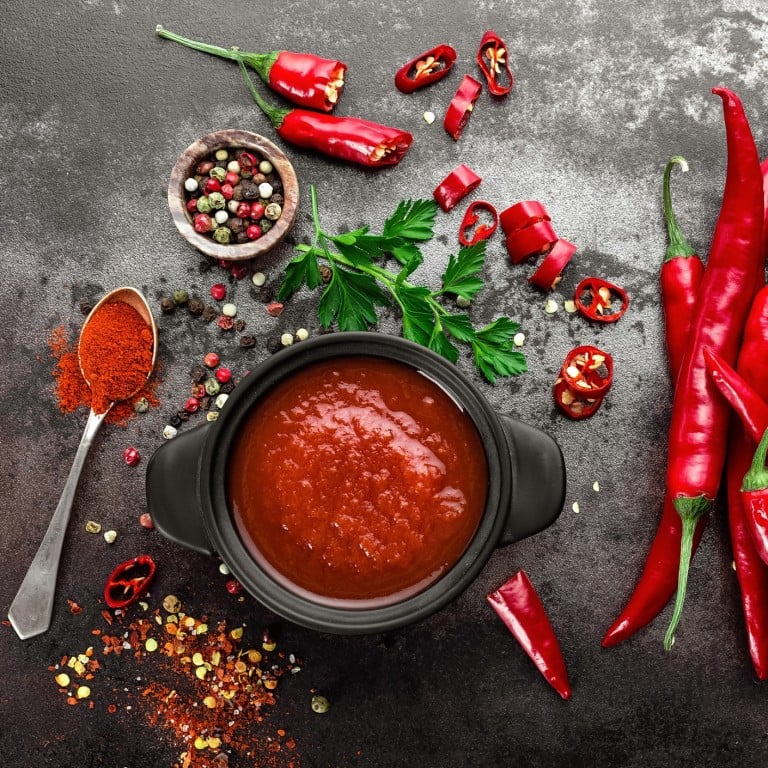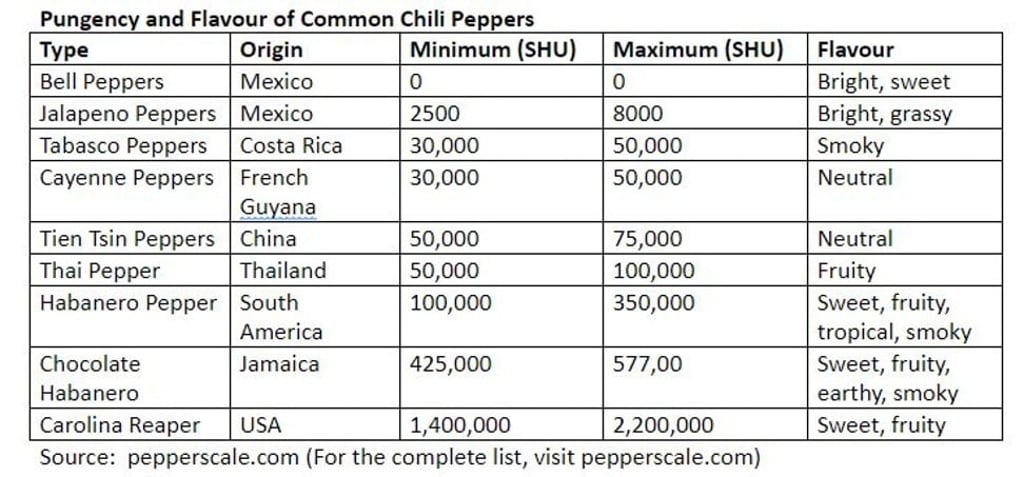How hot can you take your chillies – and are they bad for your health?

Why do people crave the burning sensation that chillies provide in spicy food, and are there any health benefits?
A recent gastronomy trip to Sichuan that consisted of Chongqing hotpots and savoury Sichuan dishes like hot and sour glass noodles got me fascinated about chilli peppers. The burning sensation experienced was unpleasant at first, but the more I indulged in spicy dishes, the more I craved the heat. What is the science behind the love-hate relationship people have with chillies?

Botanically a fruit but consumed as a vegetable, chilli peppers are cultivated and enjoyed around the globe where they are primarily used to add flavour, colour, aroma and “heat” to culinary dishes. People have varying levels of tolerance to the spiciness emitted by the peppers; some get teary and sweaty while others resonate with the Chinese proverb, “no spice no joy”.
Botanically a fruit but consumed as a vegetable, chilli peppers are cultivated and enjoyed around the globe where they are primarily used to add flavour, colour, aroma and “heat” to culinary dishes
How hot can you go?
Capsaicin, a natural compound found in the fruit, is what causes the burning hot sensation experienced by the palette. The degree of heat present in the peppers also differs among the types.
To measure the heat level of chillies, the Scoville scale, which was developed by the American pharmacist Wilbur Scoville, standardises the pungency in Scoville Heat Units (SHU). For example, bell peppers have no heat, while habanero peppers have a heat ranging from 100,000 to 350,000.

So where do Chinese peppers (also known as Tien Tsin peppers), which are widely used in Sichuan and Hunan cuisine, rank?
Various sources suggest Tien Tsin peppers have a heat level of 50,000 to 75,000 SHU. Its spiciness is comparable to Thai peppers, which range from 50,000 to 100,000 SHU.